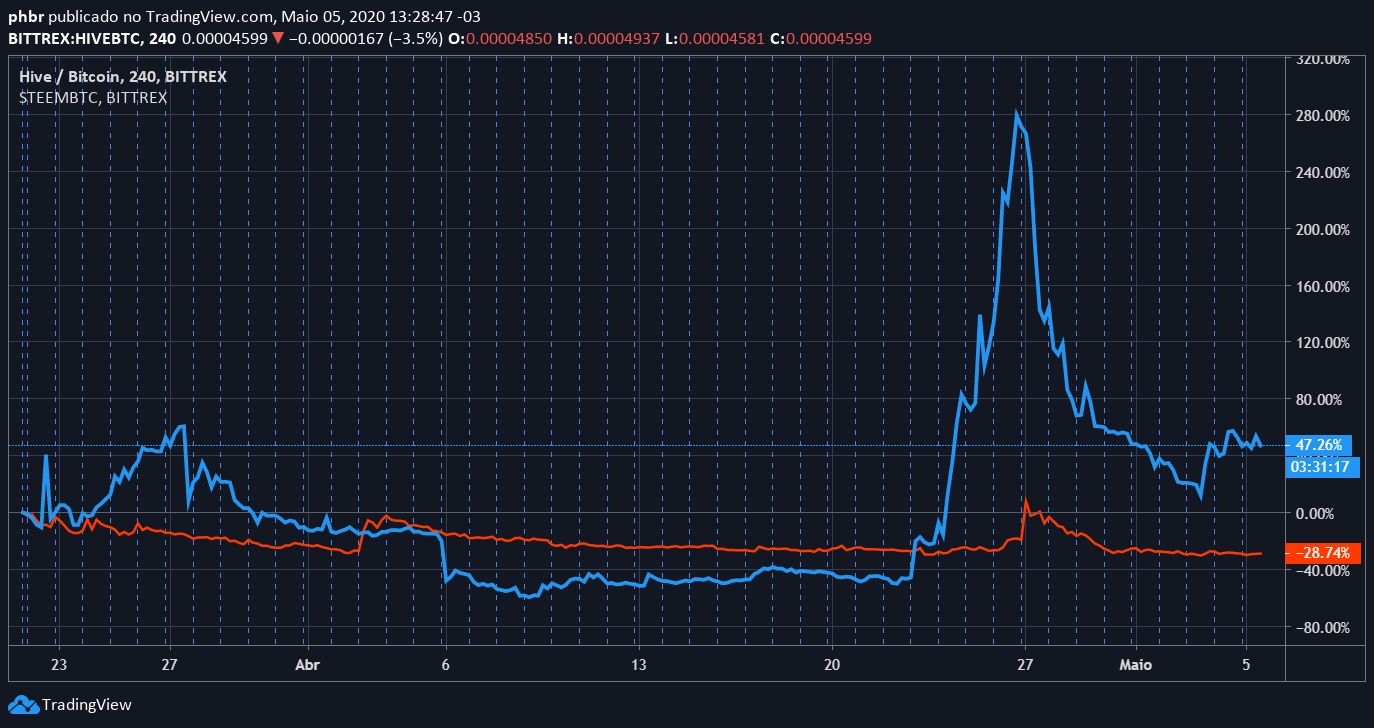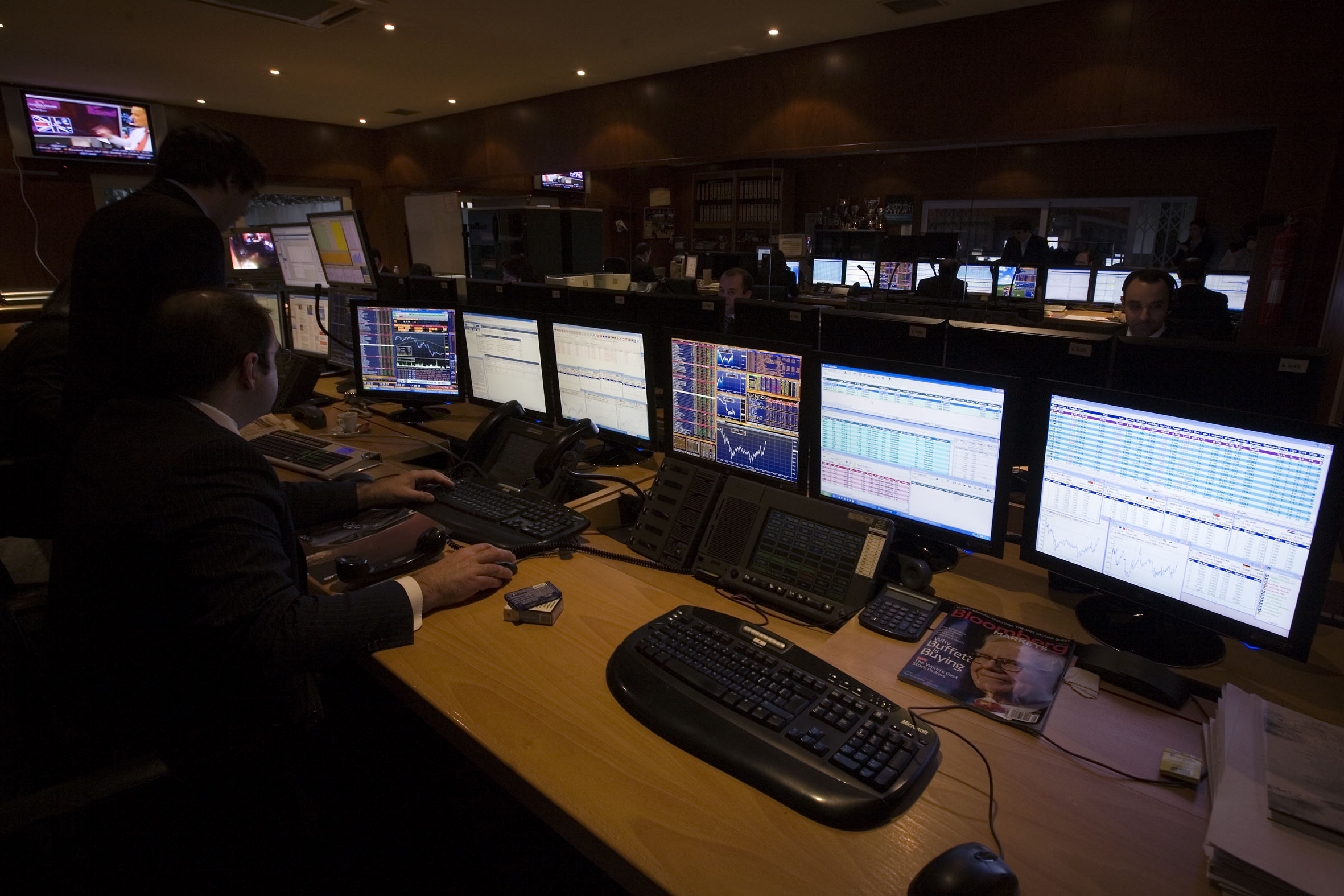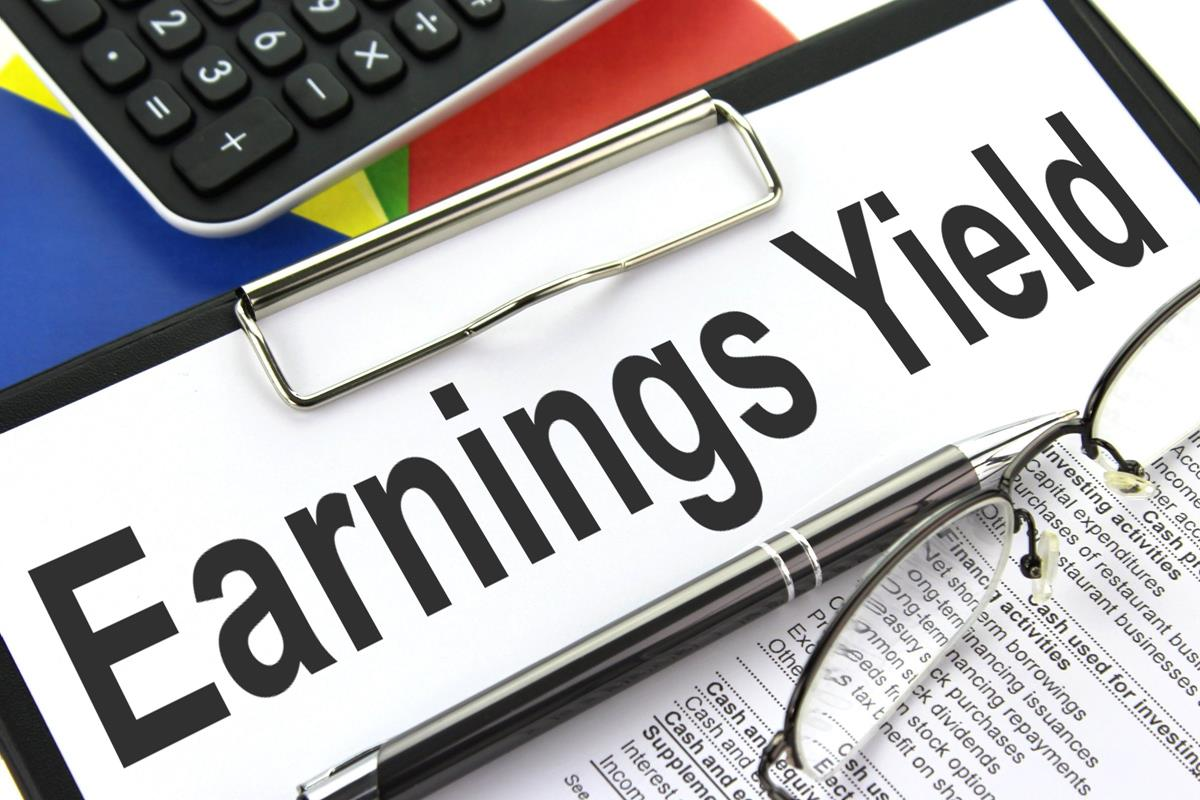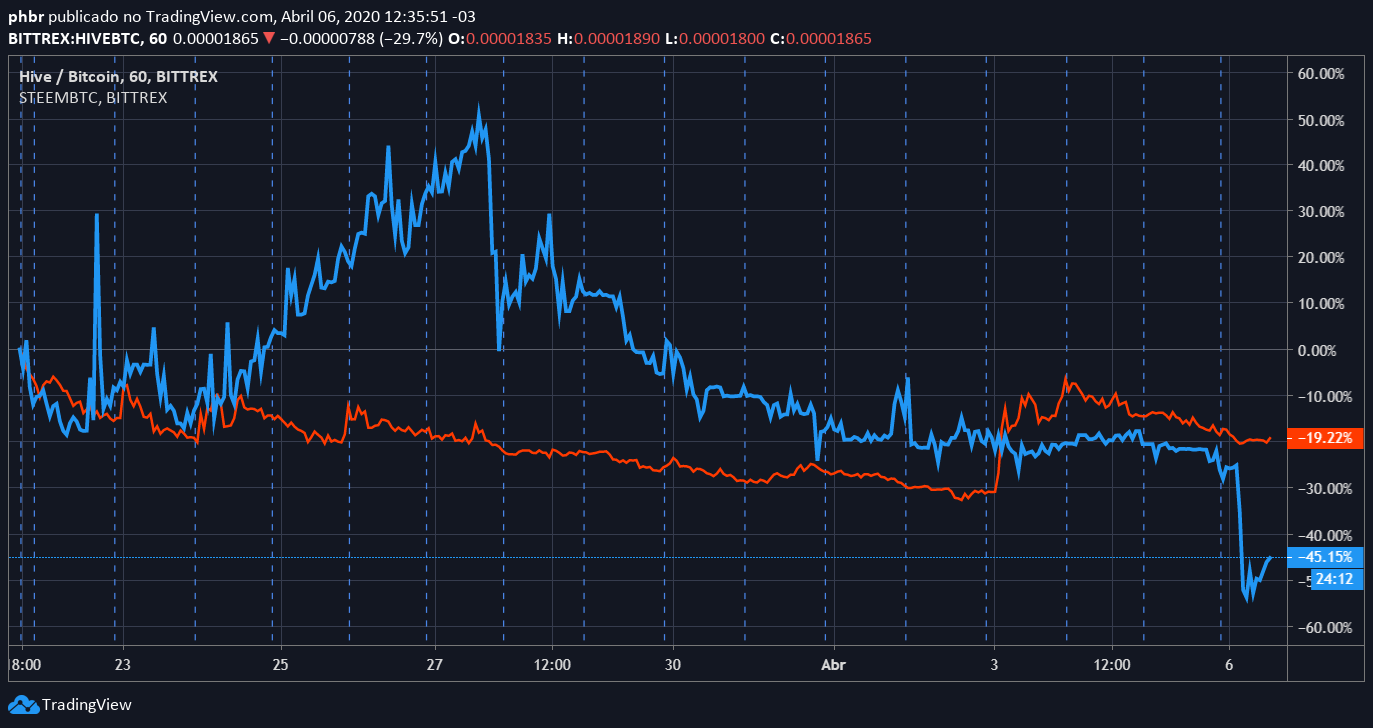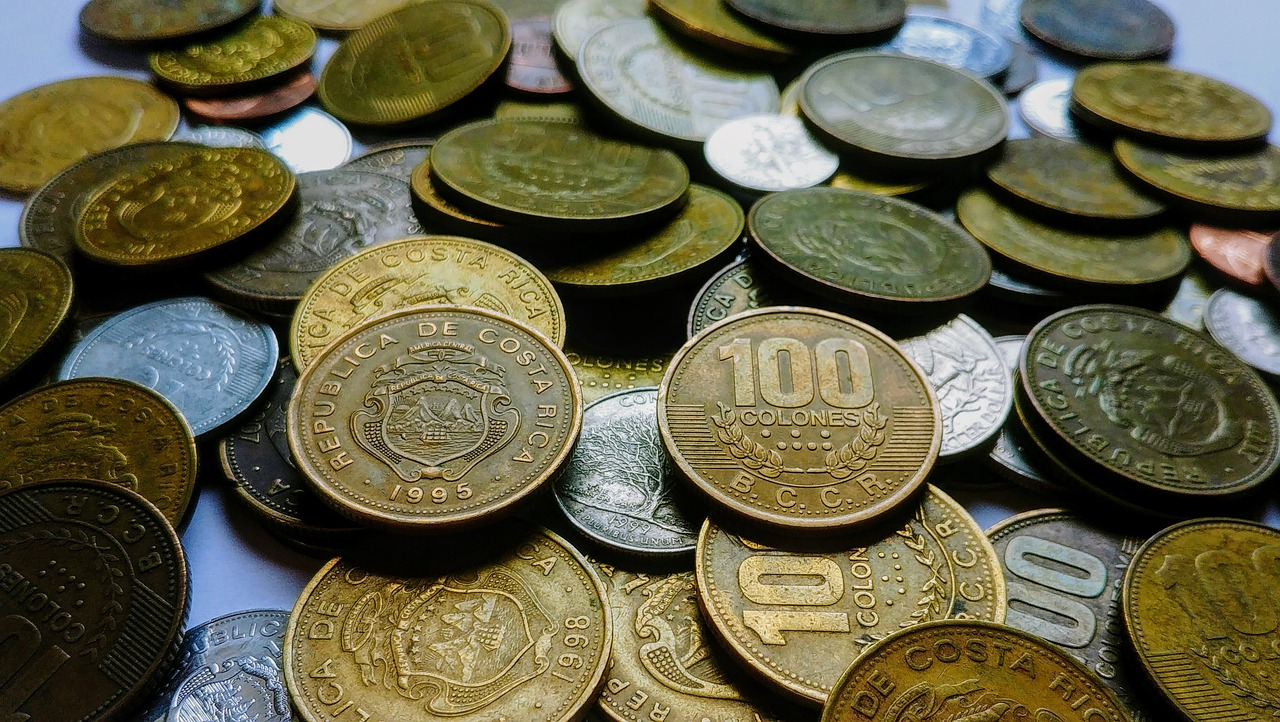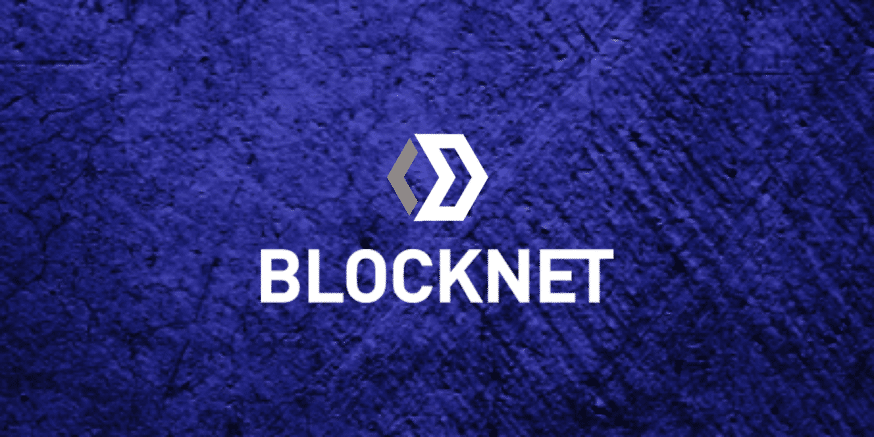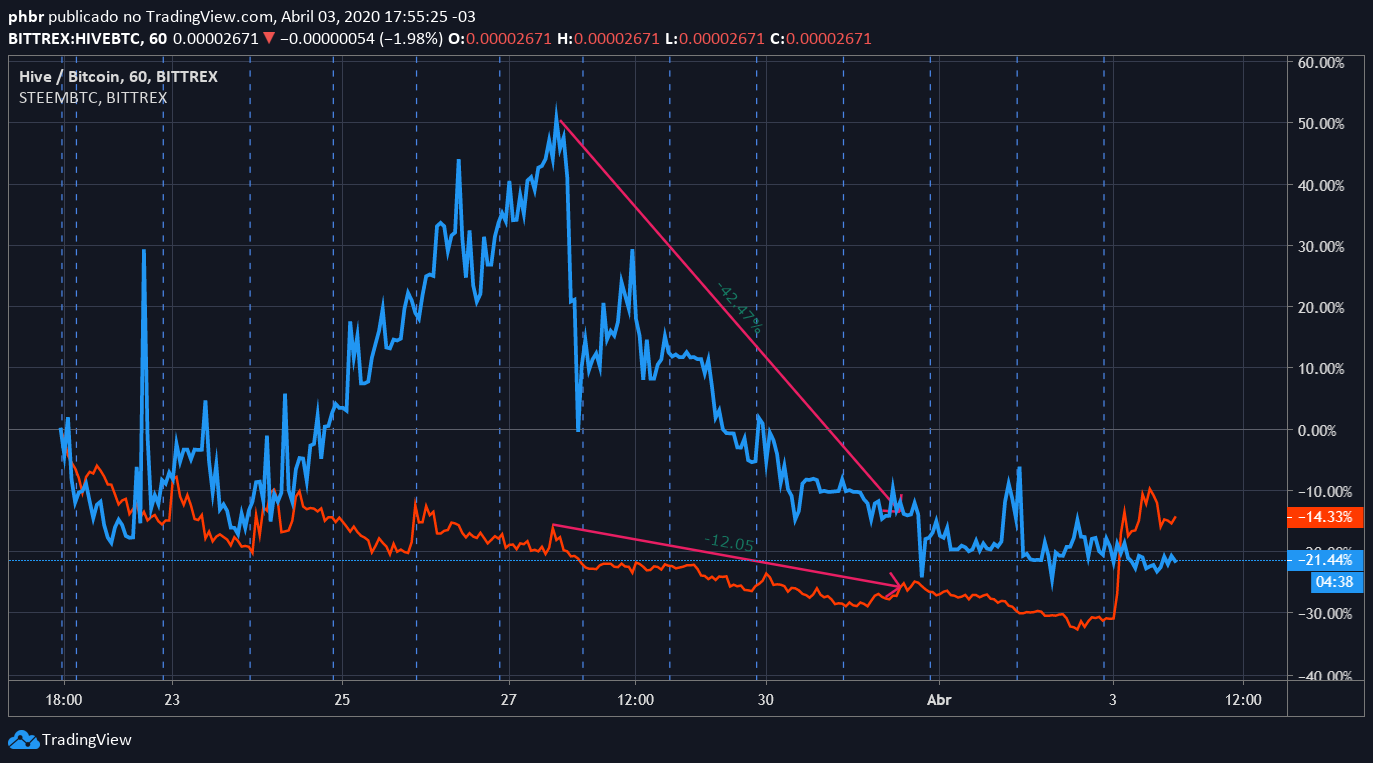(Versão em Português: O primeiro contato: Opções Binárias)

Getting to know binary options
Do you have a smartphone? Considering that 57% of the total Brazilian population has one (source: EXAME ), it is highly probable that you, who are reading this text also have one. And just like me, eventually installs on your smartphone some free application, which contains advertisements.
And that's how it started my recent interest in delving deeper into the world of trading: An advertisement from a brokerage firm that promised huge profits by operating in the financial market in a very simple way: Choose whether the price would rise or fall.
And this is the binary options: The broker presents you with an interface in which you are presented with the actual price graph of a certain asset (currency pairs traded in the forex market (Dollar, Euro, Yen, etc.), crypto-coins, stock indexes and stocks, etc.) and with a simple click you will tell if the asset price will rise or fall. If you are right, you get a "prize." If you are wrong, you lose the investment.
Basically looks like this (source: Iq Option )

In the case of the image above, the broker is paying 91% of the amount invested in case of settlement. For example, if you invest $ 10.00 for the price of the asset to rise, and this happens, you will receive $ 19.10. If the price of the asset falls, you will lose R $ 10.00.
Pretty simple, right?
However, the increase or decrease in the price of the asset should occur in a certain period of time: your "investment" is that asset will rise / fall in how long? 5 minutes? 15 minutes? 2 hours? And then, it does not get that simple.
So it was my first step in the trading world. I started to research brokers that existed in binary options and after choosing one that I found interesting (this is a very important topic that I will explore in the future: how to choose the broker), I started using the demo account and a few days later I made a small deposit with real money to start operating, after all, nothing better than to learn in practice how the system works.
And so I spent a few days in binary operations, always researching what it is, how it works, if it's worth it ... I found a lot of good stuff and a lot of crap in those searches.
And after a few days, carrying out operations, which in total until the present day are with a negative result, I was able to form an opinion on the binary options.
My experience and conclusion
Shortly after starting to use the binary options some questions began to prowl around my head: What am I doing is a real trading? Am I actually making real transactions with these coins?
And after some research I found that answer is quite simple: No.
In these operations there is no effective trading of the assets. You do not buy an asset and then sell it. What actually happens is that you enter into a "contract" with the brokerage firm, in which the broker will pay you a "reward" if the asset behaves in the direction indicated by you. You are simply betting on the future of the price.
And that's when I noticed the first "catch" of the broker in the binary options market:
Superficially, it would be a bet with a 50% chance of success, after all we are talking about choosing between only 2 variables. And that's the simplicity sold by brokerages.
But the reality is this: It is a bet with many hidden variables, the main one being time. After all, your bet should be held in a period of time also defined by you, usually a time value between 1 minute and 24 hours, with a very important detail: you will not be able to leave the operation before the contract time without taking losses.
Example: Let's say you bet $ 10 on a price increase in a period of one hour, and for the first 30 minutes everything went well, and the price went up. However, after those 30 minutes, the price has started a fall, and will probably go down to its initial price. If you stop the operation within 1 hour, you will not lose the $ 10.00, but a portion of that $ 10.00 (which will vary from one brokerage to another).
In the real market, you could abandon this operation still on the green, which in this case would be the sale of the asset, and still have a profit if that closing is done at a higher price than the initial one.
The other "catch" of binary options is in relation to risk / reward. You will hardly find a binary brokerage company that pays a premium of more than 90% (the highest premium usually is around 80%, and the higher the volatility of the asset). Which in practice means you will always have to hit 60% to 70% of the trades made for profit. In the real market, be it forex or stock market, you may have a very low hit rate, but still make a profit.
So, after a few weeks, my conclusion is that trading on binary options does present a possibility of gains, and these are relatively low-risk transactions, as your investment is always fixed at the valeu you want by operation. However, the earning potential is also very low, since it will never be bigger than 80% per operation.
In these days of binary options, other interesting questions have arisen, such as the use of some strategies, such as the Martingale method, which I will be talking about in future posts. (spoilers: Doesn't work)
But in the end, this is not the type of trade operation that interests me, but it was an important step to open the doors to my journey, and it is certainly a way of operating that has grown a lot, mainly due to its ease of access, and will certainly be a future subject here.
Hugs!
